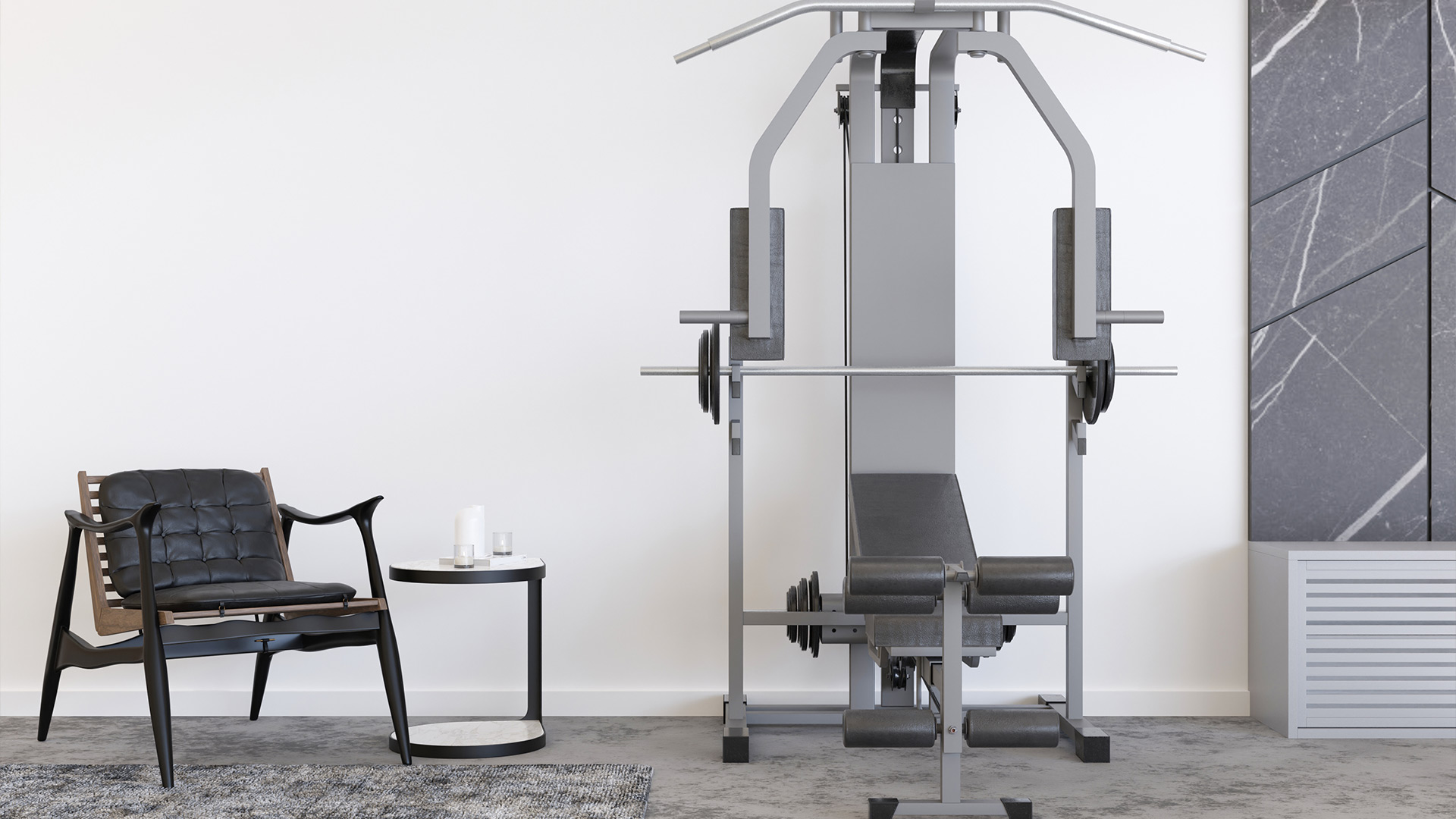The Ultimate Guide to Creating a Space-Saving Home Gym

Not everyone has the luxury of dedicating an entire room to fitness. If you live in a small apartment, a shared home, or simply want to preserve your living space, creating a home gym can feel like a challenge. The good news? You don’t need a large footprint to build an effective workout area. With smart planning and the right tools, a small space can become a high-performance fitness zone.
This ultimate guide walks you through everything you need to know to build a space-saving home gym that fits your lifestyle, budget, and square footage.
Step 1: Define Your Fitness Goals and Space Limitations
Before buying any equipment or rearranging furniture, get clear about two things:
- What are your fitness goals? (e.g., weight loss, muscle gain, flexibility, cardio)
- How much space do you actually have? (e.g., corner of a room, under-bed storage, a closet)
Your goals will determine the type of workouts you need to prioritize, while your space limitations will influence what equipment and setup options are feasible.
Tip: Use a tape measure to define your available workout zone. Even a 6’ x 4’ area can support most routines.
Step 2: Choose Compact, Multi-Use Equipment
The best gear for a small home gym is compact, lightweight, and preferably serves more than one purpose. Here are top picks for space-saving equipment:
- Resistance bands: Take up almost no space and offer full-body strength training
- Adjustable dumbbells: Replace multiple pairs with a single compact unit
- Foldable workout bench: Can be stashed under a bed or against a wall
- Sliders/gliding discs: Great for core and lower-body workouts on any floor
- Door anchor straps: Turn any door into a resistance training station
- Suspension trainers (like TRX): Use vertical space and pack away easily
- Yoga mat: Roll it up and store it anywhere
Many of these tools can be stored in a drawer, under a couch, or inside a closet.
Step 3: Get Creative with Storage Solutions
To keep your living space neat, organize your fitness equipment efficiently. Storage is key when working with limited room.
Ideas include:
- Over-the-door racks for resistance bands and yoga mats
- Under-bed storage bins for sliders, gloves, and small weights
- Wall-mounted hooks or pegboards for hanging equipment
- Multi-tier rolling carts for moveable storage
- Ottoman or bench with built-in storage
By assigning each item a designated spot, you make your space more functional and reduce friction before and after workouts.
Step 4: Design a Dual-Purpose Workout Area
Not everyone has a spare room for fitness. Instead, consider designing a space that serves two functions.
Examples:
- A living room corner can double as a training zone with a foldable mat and dumbbell rack
- A guest room can host a wall-mounted pull-up bar or suspension system
- A bedroom can include resistance bands and ankle weights stored in a nightstand drawer
- A balcony or patio can function as an open-air gym when weather permits
When your workout gear can be tucked away after use, any area can become a functional gym.
Step 5: Plan a Minimalist Workout Routine
Your workouts should match the efficiency of your space. Focus on routines that require little to no setup and allow for full-body movement in confined areas.
Minimalist routine ideas:
- Bodyweight strength circuits (e.g., push-ups, squats, lunges, planks)
- HIIT workouts using a timer and resistance bands
- Yoga or Pilates sessions on a single mat
- Jump rope for cardio (great for short ceilings or outside)
- Kettlebell complexes with a single weight
Use online platforms like YouTube or fitness apps for follow-along sessions specifically designed for small-space workouts.
Step 6: Use Vertical Space for Cardio and Strength
If floor space is tight, go vertical. Many fitness solutions take advantage of door frames, walls, and ceilings.
- Install a doorway pull-up bar for upper body and core
- Use resistance band anchors over doors for rows, curls, and chest presses
- Hang wall hooks for kettlebells or resistance tools
- Mount a foldable mirror for checking form while saving floor space
Training vertically adds variety, reduces the need for bulky machines, and helps strengthen different muscle groups.
Step 7: Embrace Foldable and Portable Equipment
Portability is your best friend when every square foot counts. Foldable benches, stackable steps, and travel-friendly gear allow you to stow things quickly and reclaim your space after each workout.
Consider:
- Fold-up treadmills or under-desk walking pads
- Compact rowing machines that can be stored upright
- Step platforms that stack or store in closets
- Roll-up yoga mats and collapsible foam rollers
These items are perfect for those who want the benefits of full-sized equipment without sacrificing room functionality.
Step 8: Make the Space Inviting
Even a small gym should feel energizing. Add a few finishing touches to keep the space welcoming:
- A Bluetooth speaker for music or guided classes
- A motivational wall poster or quote
- A small fan or diffuser for comfort
- LED strip lighting for ambiance
- A mirror to create a sense of openness
The more pleasant the environment, the more likely you’ll be to stick with your workouts.
Step 9: Set a Routine and Stick With It
No matter how small your gym is, its real power lies in consistent use. Build a weekly routine that fits your lifestyle and energy levels.
Try setting recurring calendar reminders, using a habit tracker, or printing out a visible weekly workout plan. You can also create a quick warm-up space using just a mat and band to get moving first thing in the morning.
Consistency turns a small space into a big part of your fitness journey.
You don’t need a massive room, expensive machines, or a garage conversion to get fit at home. A thoughtfully designed space-saving home gym can offer everything you need—convenience, versatility, and effectiveness.
By prioritizing compact, multi-use equipment, organizing your gear smartly, and creating an environment you enjoy, you can transform even the tiniest corner into your personal fitness sanctuary. Remember, it’s not the size of your space that matters most—it’s how well you use it.
